PTFE carbon, a composite material made by blending PTFE (Polytetrafluoroethylene) with carbon black or graphite, is widely used in applications where high thermal stability and wear resistance are required. The incorporation of carbon into PTFE enhances its mechanical properties and allows it to perform well across a wide temperature range. Below, we explore the typical temperature range of PTFE carbon and its benefits in various applications.
1. Temperature Range of PTFE Carbon
PTFE carbon composites typically have a temperature range of -200°C to +260°C (-328°F to +500°F). This wide range of operation allows PTFE carbon to maintain its excellent chemical resistance, low friction, and non-stick properties in both low and high-temperature environments. This makes it suitable for use in demanding industrial conditions, including those involving extreme heat or cold.
2. High-Temperature Performance
At higher temperatures, PTFE carbon remains stable and retains its properties, unlike many other materials that might degrade or soften. The carbon filler improves its thermal conductivity and wear resistance, making it ideal for applications in industries such as automotive, aerospace, and manufacturing, where components may be exposed to elevated temperatures.
3. Low-Temperature Performance
On the other end of the spectrum, PTFE carbon retains its flexibility and low friction properties even at low temperatures. This makes it suitable for use in cryogenic or sub-zero environments, such as in the transportation or storage of gases and chemicals, where other materials might become brittle.
4. Applications in Harsh Environments
Given its broad temperature range, PTFE carbon is used in seals, gaskets, bearings, and bushings that operate under extreme conditions. Its ability to withstand both heat and cold, while maintaining mechanical performance, makes it a preferred material in industries like food processing, chemical manufacturing, and energy production.
In conclusion, PTFE carbon offers a versatile temperature range, from -200°C to +260°C, ensuring its use in a wide array of high-performance applications that require excellent thermal stability.

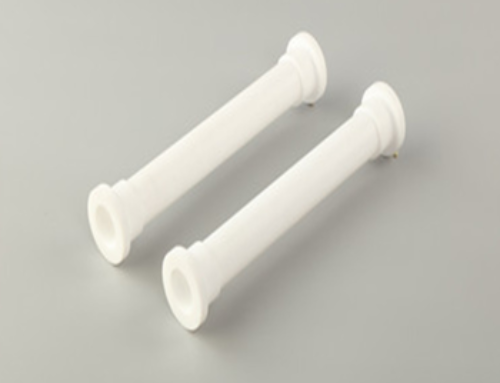
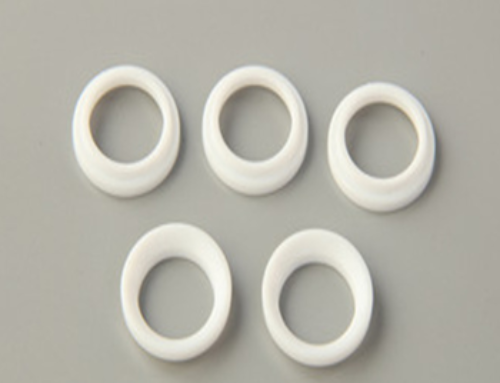
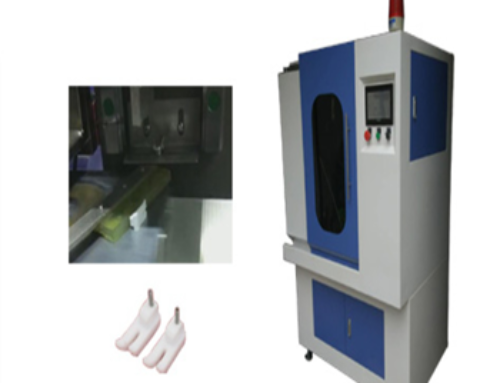
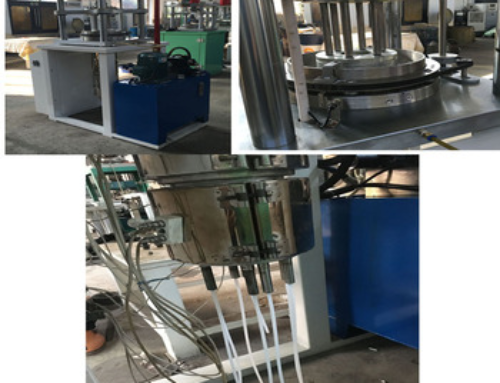
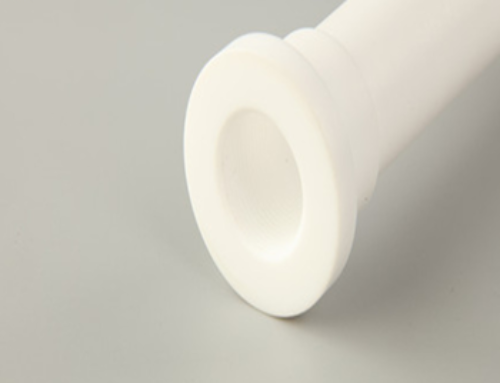

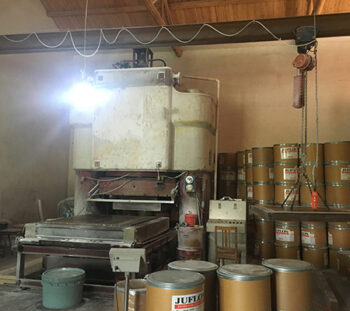
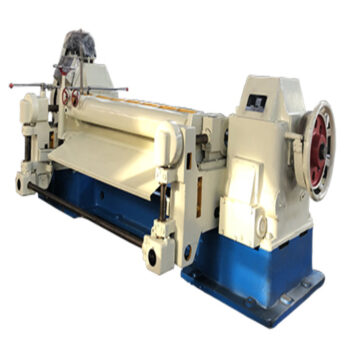
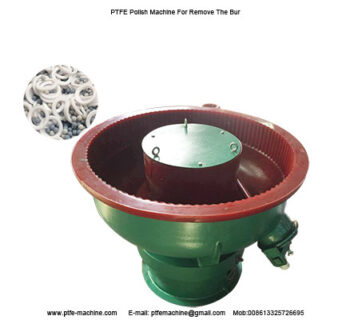
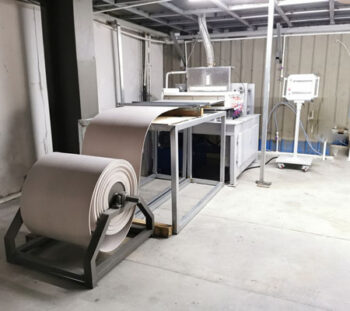
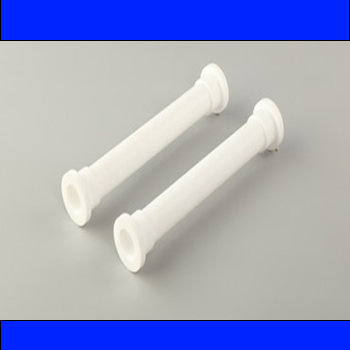

Leave A Comment
You must be logged in to post a comment.